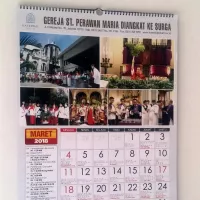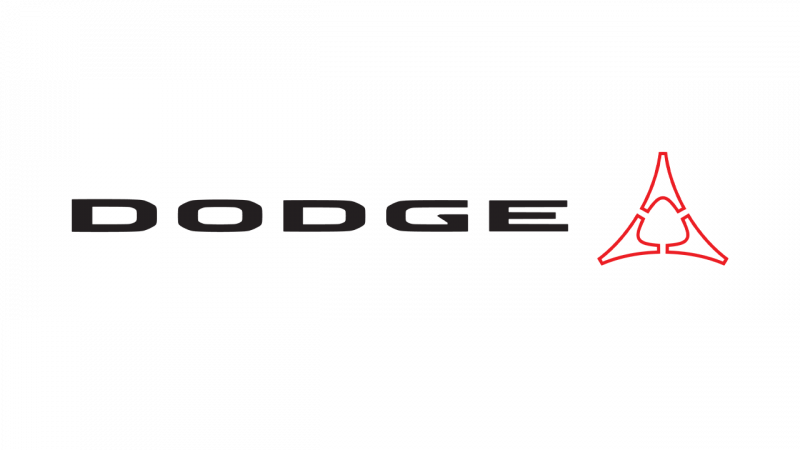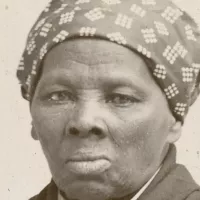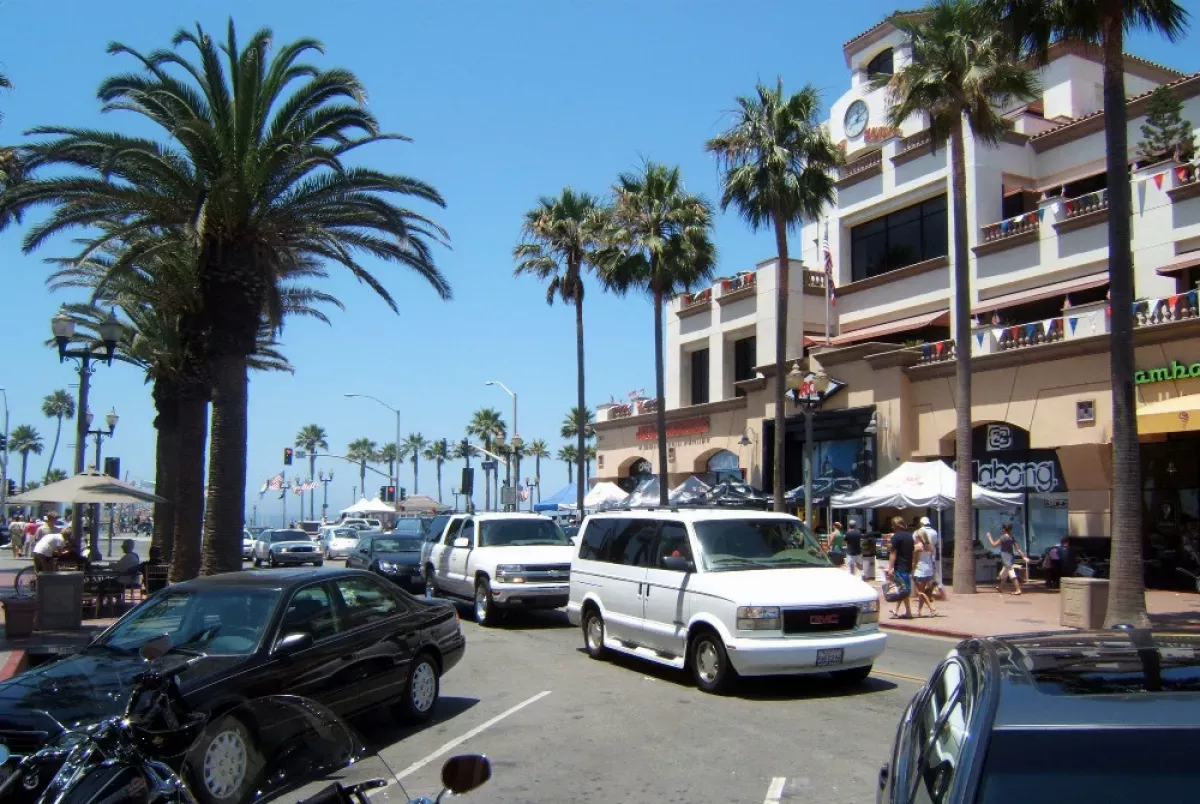Huntington Beach, California, originally named Pacific City, is a populous seaside city in Orange County, located 35 miles southeast of Downtown Los Angeles. Named after Henry E. Huntington in 1903, its 2020 population was 198,711, making it the fourth most populous city in Orange County. It is bordered by various cities and the Bolsa Chica Basin State Marine Conservation Area. Huntington Beach is the most populous beach city in Orange County.
1903: City Name Changed
In 1903, Pacific City was renamed Huntington Beach after American businessman Henry E. Huntington.
1904: Original Huntington Beach Pier Built
In 1904, the original Huntington Beach Pier, a 1,000-foot-long timber structure, was built.
1906: First High School Built
In 1906, Huntington Beach High School, the city's first high school, was built on Main Street.
February 17, 1909: Huntington Beach Incorporated
On February 17, 1909, Huntington Beach was incorporated with Ed Manning as its first mayor.
1909: Fire Department Founded
The Huntington Beach Fire Department was founded in 1909 with 20 volunteers.
1910: First Census Appearance
Huntington Beach first appeared as a city in the 1910 United States census.
1914: First Surfing in Huntington Beach
In 1914, George Freeth was the first person to surf in Huntington Beach.
1925: Duke Kahanamoku Started Surfing
Duke Kahanamoku started surfing in Huntington Beach in 1925 and helped popularize the sport.
1929: Golden Bear Nightclub Opens
In 1929, the Golden Bear, a nightclub, opened downtown in Huntington Beach.
1946: Huntington Beach Speedway Established
In 1946, Huntington Beach Speedway, a racetrack designed for midget car racing, was established.
1956: First Surfboard Shop Opens
In 1956, the first surfboard shop, located underneath the Huntington Beach Pier, opened.
1958: Huntington Beach Speedway Closed
Huntington Beach Speedway, a racetrack designed for midget car racing, closed in 1958.
1974: Central Park Opened
In 1974, Central Park opened, becoming the largest city-owned park in Orange County.
1989: Meadowlark Airport Closure
In 1989, Meadowlark Airport, a small general-aviation airport that had been in Huntington Beach since the 1940s, closed.
2000: 2000 Census
At the 2000 census, the population density was 7,183.6 inhabitants per square mile in Huntington Beach.
2006: Wetlands Restoration Completed
In 2006, a $110 million restoration of the Bolsa Chica Ecological Reserve wetlands was completed.
2009: Median Household Income
During 2009-2013, Huntington Beach had a median household income of $81,389.
2010: Marshes Restoration Completed
In 2010, restoration of the Talbert, Brookhurst and Magnolia Marshes, located across from Huntington State Beach, was completed.
2010: 2010 Census Data
The 2010 United States census reported that Huntington Beach had a population of 189,992.
2013: Median Household Income
During 2009-2013, Huntington Beach had a median household income of $81,389.
2016: Car Ownership Statistics
In 2016, Huntington Beach households averaged two cars per household, with only 2.2 percent lacking a car.
2020: 2020 Census
According to the 2020 United States census, Huntington Beach had a population of 198,711, making it the fourth most populous city in Orange County.
October 2, 2021: Oil Spill Occurred
On October 2, 2021, an oil spill occurred after a pipe burst, sending oil into the ocean and on the beach in Huntington Beach.
October 2021: State Housing Laws
From October 2021 to 2029 the state law required Huntington Beach to zone for 13,368 units to be built inside the city limits.
2021: Oil Spill
During the 2021 Orange County oil spill, more than 120,000 US gallons of oil leaked from an offshore rig and began washing up on beaches in Southern California.
2022: Conservative Resolutions Passed
In 2022, Huntington Beach passed several conservative resolutions including banning the Pride flag on city property and requiring voter ID at the polls.
March 2023: State Lawsuit Against Huntington Beach
In March 2023, California sued Huntington Beach for not complying with state housing regulations, specifically the ban on Accessory Dwelling Unit (ADU) applications.
April 10, 2023: Amended Complaint Filed
As of April 10, 2023, the state submitted and amended a complaint, arguing that the city is in violation of the Housing Element Law, seeking penalties, injunctive relief, suspension of permitting authority, and mandated project approvals.
June 22, 2023: State Motion to Dismiss Federal Lawsuit
On June 22, 2023, the state filed a motion to dismiss Huntington Beach’s federal lawsuit against state housing laws.
November 15, 2023: Federal Judge Dismisses Huntington Beach Lawsuit
As of November 15, 2023, a federal judge dismissed Huntington Beach’s lawsuit against the state over housing mandates.
2023: UCR Data
The 2023 Uniform Crime Report (UCR) data for Huntington Beach is listed. The UCR collects police statistics from local and state law enforcement agencies.
October 21, 2024: Voter Registration Statistics
According to the California Secretary of State, as of October 21, 2024, Huntington Beach has 135,216 registered voters, with Republicans holding the largest share.
2024: Top Employers
According to Huntington Beach's 2024 Annual Comprehensive Financial Report, the top ten private employers in the city are listed.
2024: Conservatives Gain Control of City Council
In 2024, conservatives gained complete control of the Huntington Beach city council.
April 21, 2025: Petition Denied by Court of Appeals
On April 21, 2025, a petition by the city for an en banc rehearing of the case was denied by the United States Court of Appeals for the Ninth Circuit.
September 12, 2025: Court Ruling Against Huntington Beach
On September 12, 2025, the Fourth Circuit of the California Courts of Appeal ruled against Huntington Beach's claim of exemption, ordering a 120-day deadline to update its plan and state preemption of city permitting and zoning laws until compliance.
2029: State Housing Laws
From October 2021 to 2029 the state law required Huntington Beach to zone for 13,368 units to be built inside the city limits.
Mentioned in this timeline
California is a U S state on the Pacific Coast...

A car also known as an automobile is a wheeled...

Calendars are systems for organizing days by naming time periods...

Bears are carnivoran mammals belonging to the Ursidae family classified...

Fire is a rapid oxidation process called combustion releasing heat...

Sport encompasses physical activities and games frequently competitive and structured...
Trending

6 months ago Emilia Clarke Speculated for Elden Ring Role, 'Game of Thrones' Pilot Revelations Emerge

5 months ago Stevie Nicks Reflects on Regrets and Lindsey Buckingham's Album Refusal, a Deep Dive.

1 month ago Kendall Jenner Celebrates Her 30th Birthday with Nude Beach Photos and Bikini Looks

2 months ago Dodge Dart Recalled Again: Rollaway Risk Affects Nearly 300,000 Vehicles

Andrew Roane Dick is an American comedian and actor known for his stand-up routines and various television and film roles...

6 days ago Brandon Sklenar and Courtney Salviolo Spotted Together During 'The Housemaid' Press Tour
Popular
Matt and Ross Duffer known as the Duffer Brothers are...

Candace Owens is an American conservative political commentator and author...

XXXTentacion born Jahseh Dwayne Ricardo Onfroy was a controversial yet...

Ilhan Omar is an American politician currently serving as the...

Tom Cotton is an American politician and Army veteran currently...

Harriet Tubman was a pivotal American abolitionist and social activist...
